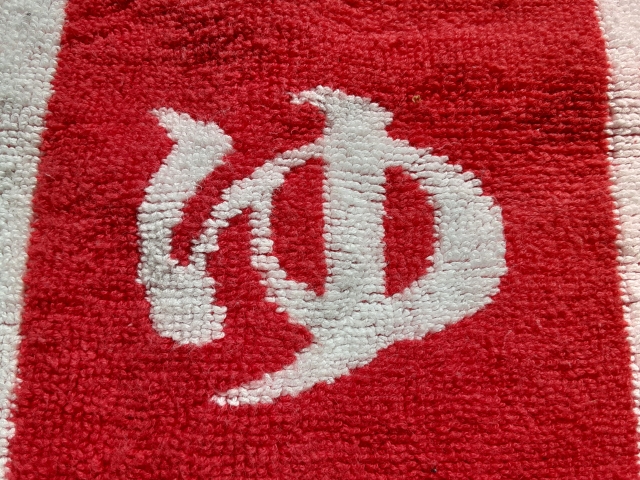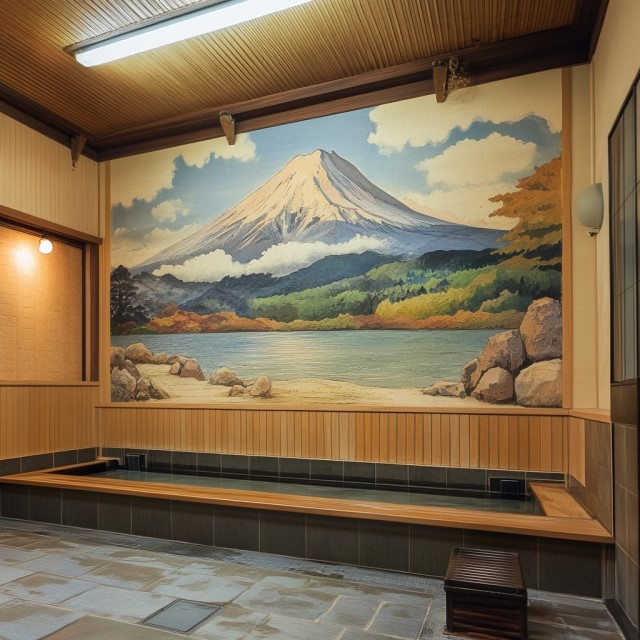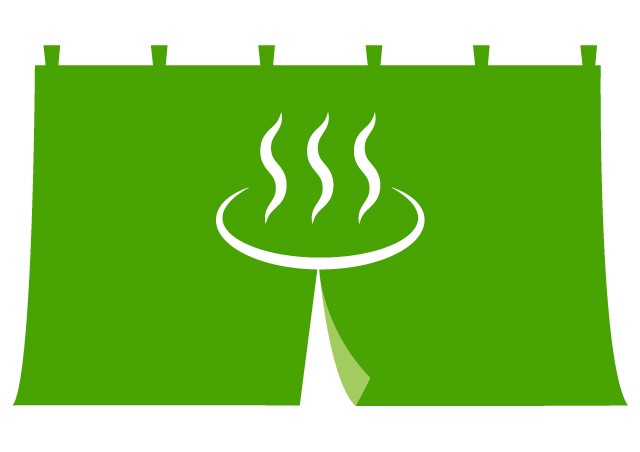Japan is one of the world’s most famous onsen (hot spring) destinations, with over 3,000 hot springs spread across the country. Japan is a volcanic country, meaning it has an abundance of natural hot springs. These natural geothermal baths have been a part of Japanese culture for over 1,000 years, offering relaxation, and health benefits.
1. Hakone Onsen (Kanagawa)
Hakone is one of Japan’s leading tourist destinations, attracting some 20 million visitors a year. It attracts 25,000 tones of thermal water daily and is divided into 17 hot spring resorts.
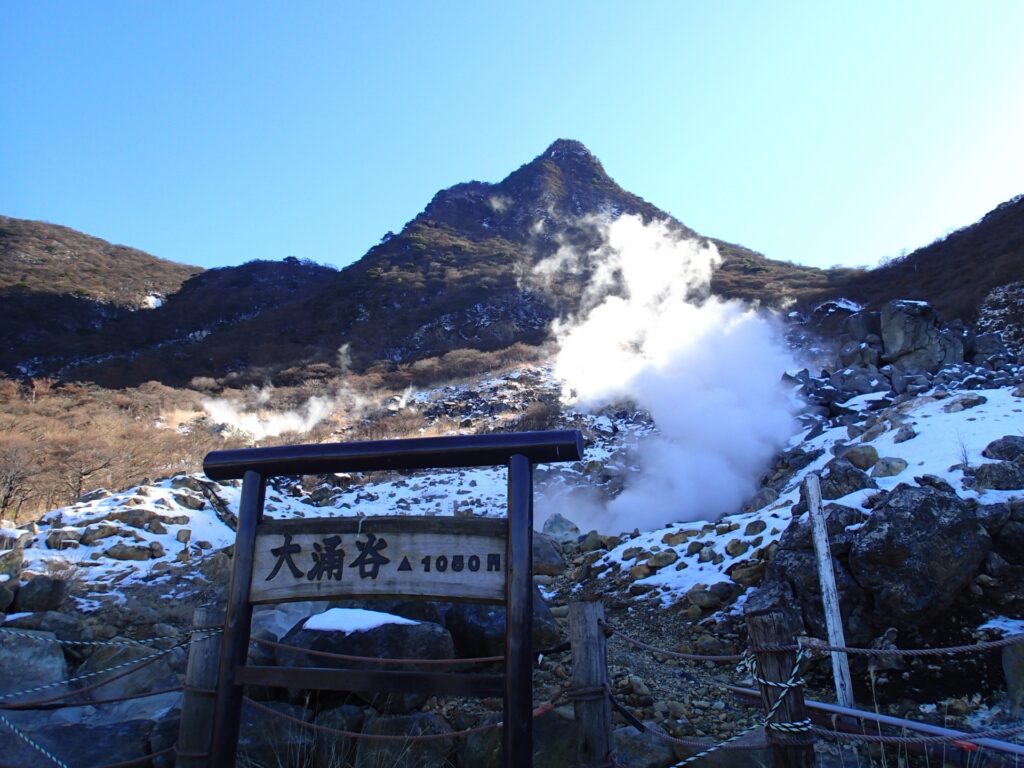
Tourists visiting Hakone enjoy hot springs and nature, surrounded by Lake Ashi, mountains, and flowers that change their colours according to the season. On clear days, tourists might glimpse Mount Fuji, adding to the picturesque setting. The area has diverse tourist facilities and events, including museums, sightseeing boats, stopover baths, and gardens.
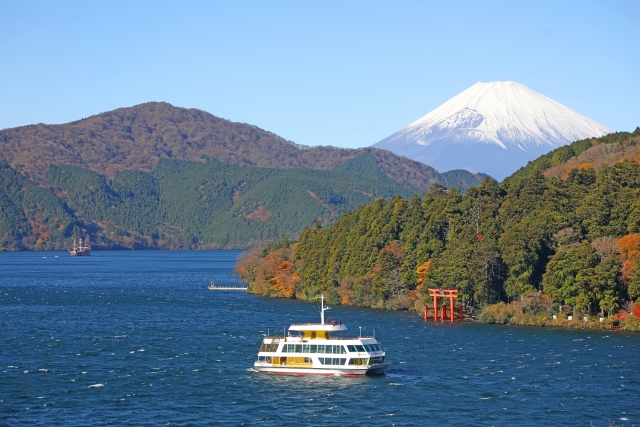
History of Hakone Onsen
Hakone Onsen has a history spanning over 1,200 years. It has been a popular retreat for emperors, samurai, and travelers due to its healing waters and strategic location on the Tokaido Road, the historic route connecting Tokyo (Edo) and Kyoto.
The earliest record of Hakone Onsen dates back to the 8th century when the area’s hot springs were discovered by Buddhist monks. The Hakone Shrine, founded in 757 AD, became a spiritual hub, attracting pilgrims who also bathed in the local hot springs.
During the Edo Period (1603–1868), Hakone was an important checkpoint on the Tokaido Road, the main travel route between Kyoto and Edo (Tokyo). Feudal lords (daimyo), samurai, and merchants often stopped at Hakone for rest and relaxation in its famous onsen towns. Many ryokan (traditional inns) were built to accommodate weary travelers.

Today, Hakone boasts over 17 hot spring sources, offering a variety of mineral-rich baths, from sulfuric “milky white” waters in Owakudani to clear alkaline waters in Yumoto.
Famous Onsen in Hakone
- Hakone Yumoto Onsen – The oldest and most accessible onsen area, known for its soft, alkaline waters.
- Gora Onsen – Home to high-end ryokan and open-air hot springs with stunning mountain views.
- Owakudani Onsen – Famous for its volcanic hot springs and “black eggs” (kuro-tamago), said to extend one’s life.
- Sengokuhara Onsen – A peaceful area with beautiful pampas, grass fields, and art museums.
Access
Hakone’s proximity to Tokyo (about an hour or two by train) makes it an easily accessible getaway for both domestic and international travellers looking for a quick escape into nature and tradition.
Local Souvenir
Hakone Yosegi Zaiku is a traditional Japanese marquetry technique that originated in the Hakone region of Kanagawa Prefecture. Its designs are made by assembling various wood pieces into complex geometric shapes like hexagons, diamonds, and checkered patterns.
Using different shades of wood (cherry, walnut, zelkova, camphor, etc.) create colourful patterns without dyes or paints. Many Yosegi Zaiku designs are featured in secret boxes, requiring specific movement sequences to open.
This craft has been practised since the Edo period (1603–1868) and remains one of Japan’s most famous traditional woodworking techniques.
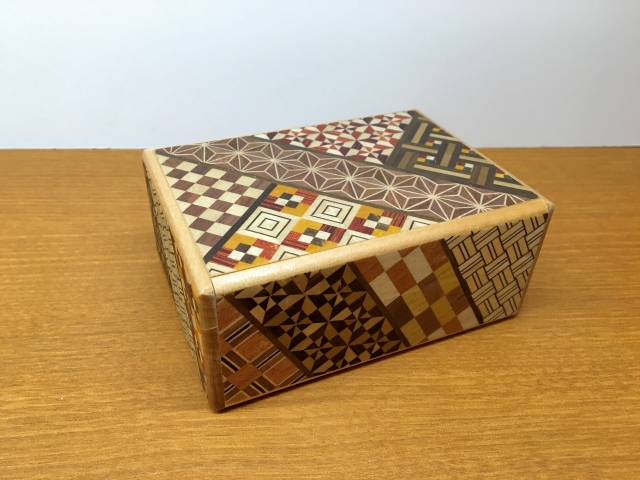
https://www.hakonenavi.jp/international/en (‘Hakone Navi’)
2. Kinosaki Onsen (Hyogo)
Kinosaki Onsen is a famous hot spring town in Hyogo Prefecture. It has a history of over 1,300 years and is known for its beautiful traditional atmosphere, historic ryokan (Japanese inns), and seven public bathhouses (‘sotoyu’). The onsen water is known for its healing properties.
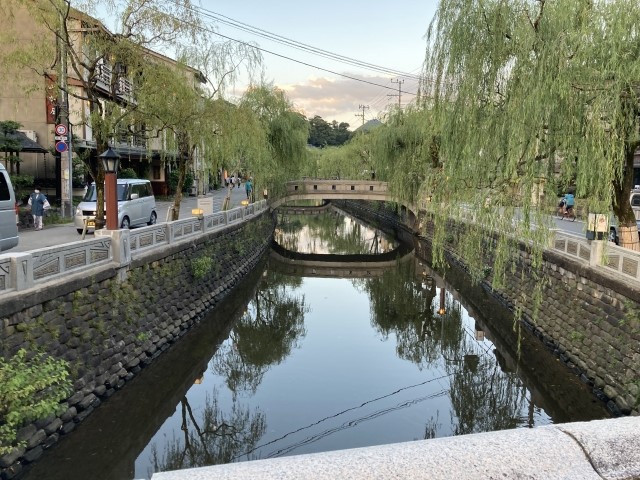
Brief History of Kinosaki Onsen
Kinosaki Onsen was discovered in 720 AD by a Buddhist monk. According to legend, the Buddhist monk, Dōchi Shōnin had a divine vision from the Medicine Buddha (Yakushi Nyorai), who told him that the hot springs had healing powers.
During the Heian Period (794–1185), Kinosaki Onsen became known as a place of spiritual healing and gained popularity among monks and aristocrats. By the Edo Period (1603–1868), the town had developed into a thriving hot spring resort, attracting samurai, merchants, and travellers. The tradition of wearing yukata (light cotton robes) and visiting multiple public bathhouses (sotoyu meguri) became popular during this time.
During the Meiji Era (1868–1912), Kinosaki Onsen became more accessible with improved roads and the opening of ryokan (traditional inns). In 1925, a massive earthquake destroyed much of Kinosaki Onsen. However, the town was quickly rebuilt with a traditional aesthetic, preserving its Edo-period charm with wooden ryokans, stone bridges, and willow trees.
Kinosaki Onsen was created with the idea of the whole town being one big Onsen resort. The Kinosaki Onsen station is the entrance to the town, the road through the town is the corridor, the ryokan or hotel is the guest room, and the hot spring is the bathroom. The town is designed for “onsen-hopping” (‘meguri-yu’), where visitors walk around in yukata (‘light cotton kimono’) and enjoy different bathhouses.
Touristic attraction near Kinosaki Onsen
The Kinosaki Onsen Ropeway: a cable car that takes visitors from the base of Kinosaki Onsen up to the summit of Mt. Daishi, offering stunning panoramic views of the town, the Maruyama River, and even the Sea of Japan on clear days.
The ropeway stops at three stations: Base Station (Sanroku Station), Middle Station (Onsenji Station) and Summit Station (Daishiyama Station). The Onsenji Templeis a must-visit site halfway up the ropeway. Traditionally, visitors were required to pray here before entering Kinosaki’s hot springs.
Daishiyama Station is the highest station, which offers breathtaking views of the town, coastline, and surrounding mountains.
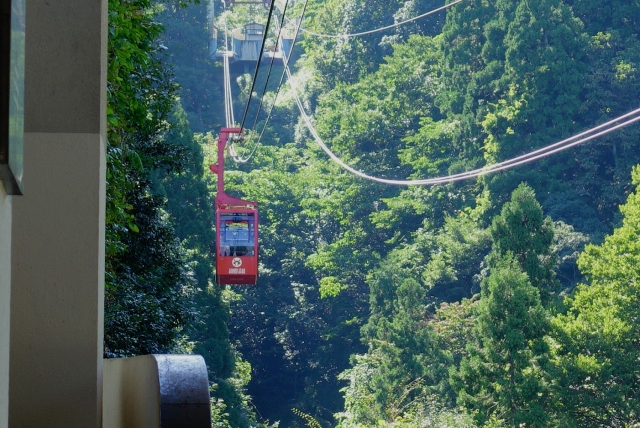
Local Souvenir
Toyooka Kaban refers to high-quality, handcrafted bags in Toyooka City, Hyogo Prefecture. This region is famous as Japan’s top bag-making region with over 1,000 years of history.
Their bags are made using traditional techniques combined with modern innovation. Each bag undergoes strict quality control, and only bags made by certified workshops in Toyooka city can carry the official Toyooka Kaban brand.
Toyooka Kaban can be purchased online and in physical stores, and many stores in Kinosaki Onsen sell Toyooka Kaban bags as souvenirs.

https://kinosaki-spa.gr.jp/directory/baggallerygenbu/ (‘Genbu’, selling Toyooka Kaban in Kinosaki Onsen) *Japanese website
3. Kinugawa Onsen (Tochigi)
Kinugawa Onsen is a renowned hot spring resort area located in Tochigi Prefecture, most notably within the scenic Nikko region. It is located along the scenic Kinugawa River near Nikko. It was historically a retreat for feudal lords and monks visiting Nikko Toshogu Shrine. Today, it is a popular onsen getaway for both Japanese and international visitors.
Kinugawa Onsen was discovered in the early 1600s, the hot springs of Kinugawa were originally used by monks and samurai visiting Nikko Toshogu Shrine—the mausoleum of Tokugawa Ieyasu, the founder of the Tokugawa shogunate. At that time, only high-ranking officials and monks were allowed to bathe in the onsen, as it was believed to have healing properties. With the fall of the Tokugawa Shogunate in 1868 and the opening of Japan during the Meiji era, Kinugawa Onsen became accessible to the general public.
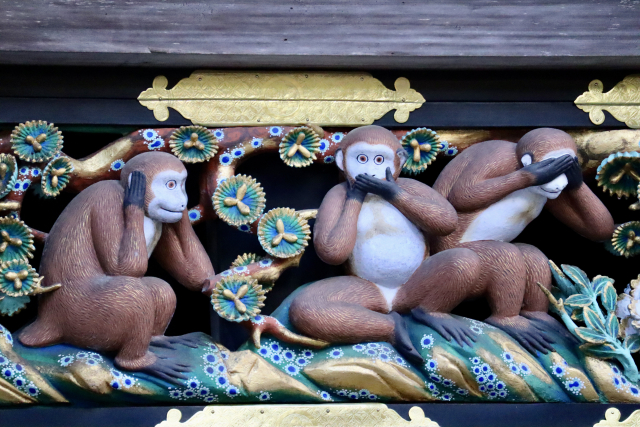
The area of Kinugawa Onsen is famous for its mild alkaline hot spring waters, which would be beneficial for the skin and help with fatigue, nerve pain, and muscle aches. Many visitors come to soak in the therapeutic waters, which are believed to help with various health issues and promote relaxation.
Besides the onsen experience, visitors to Kinugawa Onsen can explore nearby attractions such as Nikko National Park and Edo Wonderland. Nikko National Park (https://www.env.go.jp/en/nature/nps/park/nikko/index.html) offers beautiful hiking trails, waterfalls, and natural landscapes. Edo Wonderland (https://edowonderland.net/en/) provides entertainment and a glimpse into Japanese history and architecture.
Local Souvenirs
Nikko Castella with Gold Leaf: a luxurious sponge cake adorned with gold leaf, reflecting the opulence of Nikko’s famous Toshogu Shrine. Available in various flavors, including Tochiotome strawberry and chestnut.
Access: Kinugawa Onsen is relatively easy to reach from Tokyo by JR line or Tobu line.
https://visitkinosaki.com/ (‘Visit Kinosaki’)
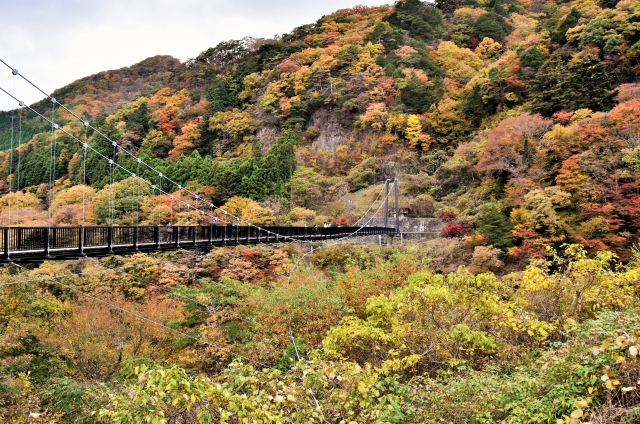
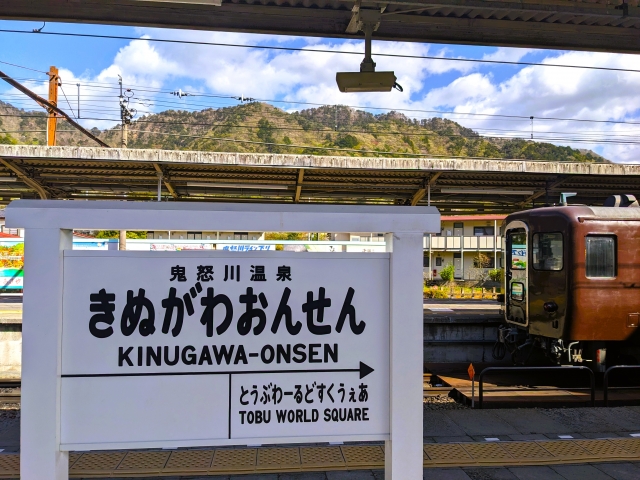
4. Zao Onsen (Yamagata)
Zao Onsen is one of Japan’s oldest and most famous hot spring resorts. It is especially known for outdoor hot spring baths and stunning winter landscapes, including the famous “Snow Monsters ”Goishi Coast. Located nearby, the Goishi Coast is renowned for its rugged beauty, characterized by unique rock formations and clear waters.
Zao Onsen is famous for its strongly acidic sulfuric hot spring water, known as the “Beauty Bath” due to its skin-rejuvenating properties.
The Health Benefits of Zao Onsen include purifying the skin (helping with acne and eczema) and, soothing muscle pain & fatigue (great after skiing or hiking), and relieving joint pain & nerve disorders.
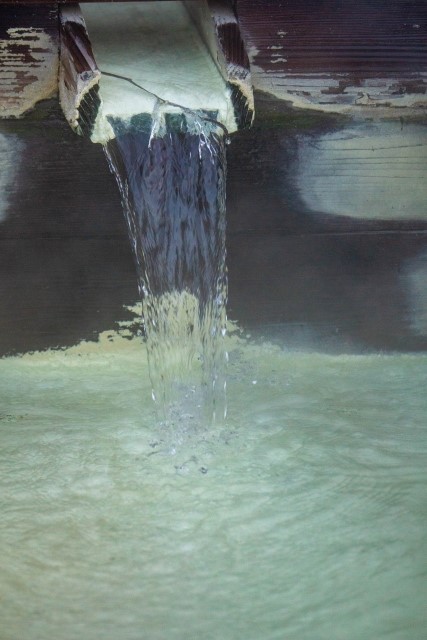
History of Zao Onsen
Snow Monsters in Zao Onsen ❄️👹
Zao Onsen was discovered over 1,900 years ago (around 110 AD). According to legend, the hot spring was found by a wounded warrior, who noticed his injuries healed after soaking in the waters. Historically, Buddhist monks and samurai visited Zao Onsen for spiritual purification and healing. It became a popular mountain retreat during the Edo period (1603–1868) for people seeking relief from ailments.
The Snow Monsters of Zao are one of Japan’s most famous natural winter wonders, found in the Zao Mountain Rangein Yamagata Prefecture. These giant, frozen trees take on eerie, beautiful shapes resembling monsters, mythical creatures, or ghostly figures.
The Snow Monsters are a rare natural phenomenon caused by strong winds, heavy snowfall, and freezing mist from the Siberian winds. It takes weeks to months for the Snow Monsters to fully form, reaching their peak beauty from late January to early March.
Zao Onsen can be accessed from Tokyo by the JR train (to the Yamagata station by Shinkansen) and bus.
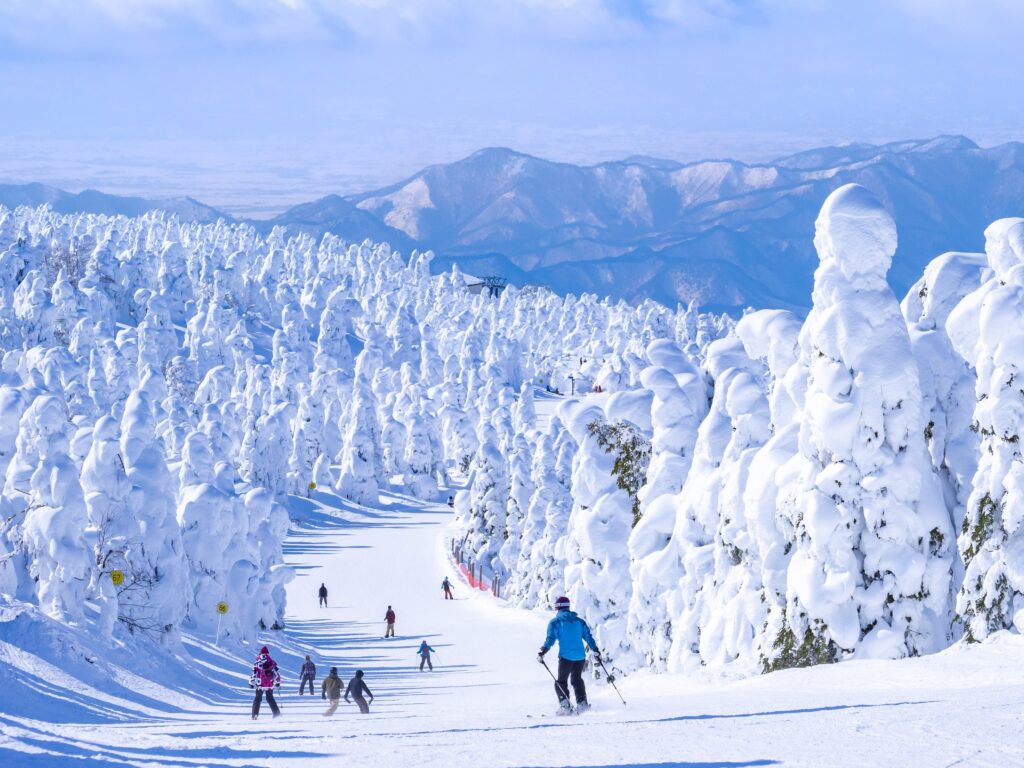
Local Souvenir
Juhyo Roman is a popular sweet treat from Zao Onsen, inspired by the region’s famous Snow Monsters(“Juhyo”). It is a soft, cream-filled pastry- a baked confectionery with a smooth, fluffy outer layer and a creamy filling.
The white, creamy filling represents the icy, frost-covered Juhyo trees of Zao in winter.
How to Use Onsen or Public Bath
In Japan, using Onsen or a public bath (sento) follows etiquette rules. Here’s a step-by-step guide to make sure you enjoy the experience respectfully:
Before bating
Tattoos
If you have body tattoos, you need to ensure whether the facility allows tattoos before using the facilities.
In Japan, many public baths or hot springs, especially places where the main customers are local, still do not accept people with tattoos, while some places, especially in tourist areas, allow tattoos.
Some facilities allow small tattoos if covered with a waterproof sticker (available online or at convenience stores, or the facility may provide stickers at the entrance). Another option is to book a room with a private hot spring.
Mobile phones
Mobile phones must not be used in hot springs or public baths. Mobile phones should be left in the room (if you are staying in a hotel) or stored in a bag or a pocket (if you have a mobile phone in your hand in the changing room, other customers may suspect you are taking photos or recording videos).
- What you bring in the bathroom
Take only a face towel with you when you enter the bathroom (bath towels should not be brought into the bathroom)
In the bathroom
- Wash your body with warm water first without soap (Kakeyu). This will remove sweat and dirt from your body before you enter the bathtub. If you are wearing makeup, remove it. By Kakeyu, your body can acclimate to the hot water temperature in the bathtub. Pour the warm water over your body carefully over your ankles, knees, wrists, arms and shoulders, in order of distance from your chest, to prevent a rise in blood pressure immediately after bathing.
- Soak yourself in the bathtub
- After getting out of the bathtub, wash your body and hair using body soap or shampoo in the washing area.
- You can repeatedly go into the bathtub.
- When you finish bathing, you can leave the bathroom directly from the bathtub (without cleaning the body with a shower). Depending on the type of hot spring, the health benefits of hot springmay be less effective if you wash off with a shower. But if you have sensitive skin, rinse your body well with a shower.
- Wipe your body with the face towel so that water drops from your body wets the floor of the changing room.
- After the bath, drink water to prevent dehydration.
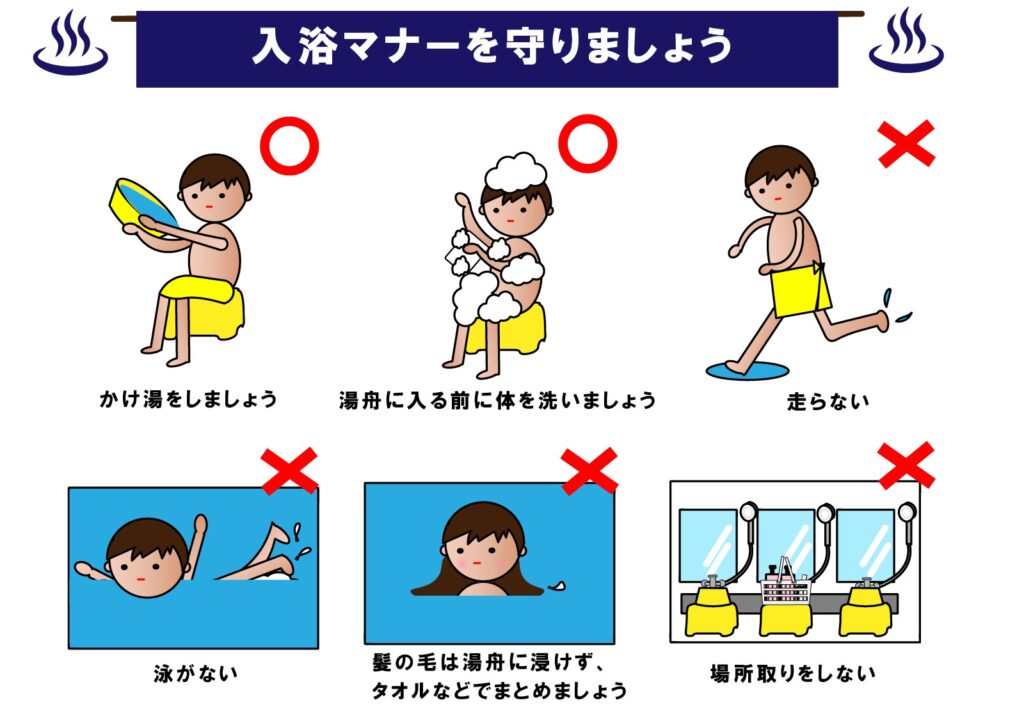
No-Nos in the bathroom
- Do not try to keep your space in the washing area using a towel
- Do not touch your hair in the water in the bathtub. Tie your hair up neatly with a hair band or towel.
- Do not put towels inside of the bathtub
- Do not rub (or wash) your body in the bathtub
https://www.youtube.com/watch?v=9Ri3TrH20QY (The right way to bath in an Onsen / hot spring (with subtitles) )
Onsen experience in your own bathroom
Create an atmosphere of a traditional onsen in your bathroom, relaxing your body and mind and rejuvenating your skin!! Here’s how you can do it:
Onsen Bath Powder: Onsen bath powder is a mineral-rich bathing product designed to replicate the onsen experience at home. It usually contains a blend of natural minerals, salts, and sometimes herbal extracts to mimic the properties of real onsen water.
For example, you can find a variety of Onsen bath powers on this website:
https://www.earth.jp/en/bath-agent/index.html
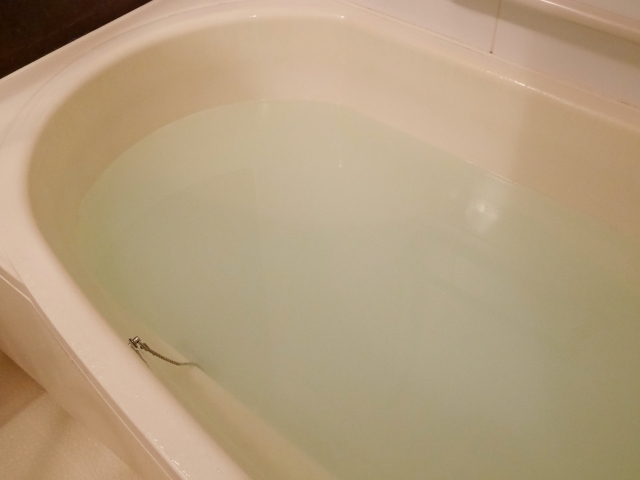
- Onsen Motif Goods
Decorating the bathroom with onsen motif goods such as bathmat, shower curtain, or wall poster helps create the atmosphere of being in the onsen.
Japanese Nature Sounds
Play onsen background sounds with birds chirping or running water for immersion. If you close your eyes, you will feel as if you are soaking in roten-buro (outside bath) in nature. There are also smartphone apps that allow you to listen to the sounds for free of charge!e. There are also smartphone apps that allow you to listen to the sounds for free of charge!
The above website of bath powders is only to show examples of products. Other Onsen bath powders are also available online. If you are interested in options for bath powders and other goods introduced here, don’t hesitate to get in touch with us via the contact form, email ([email protected]) or Messenger 😊
